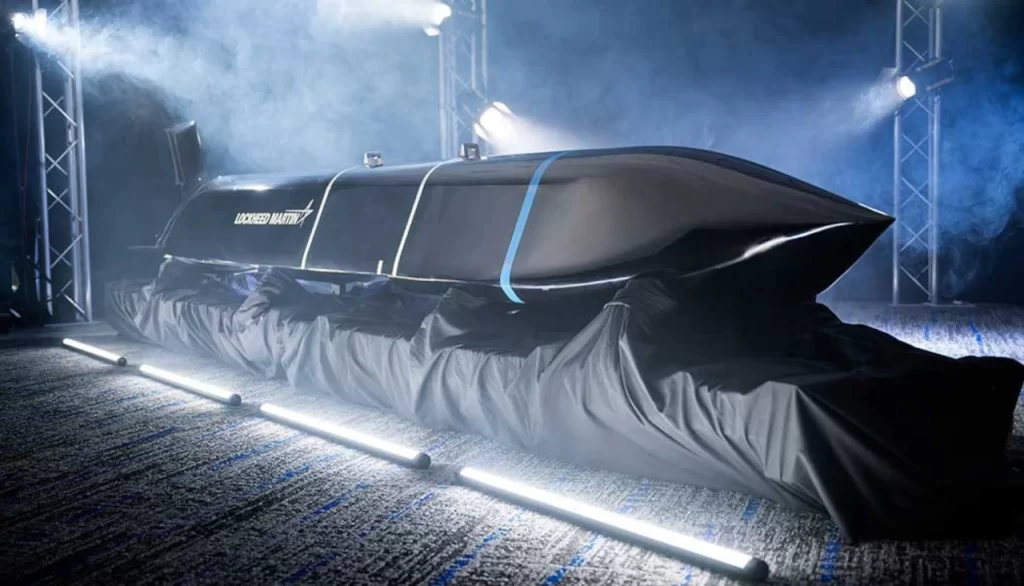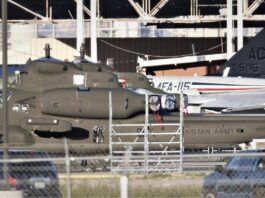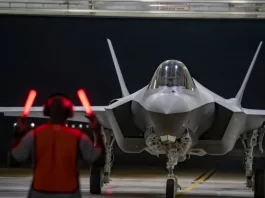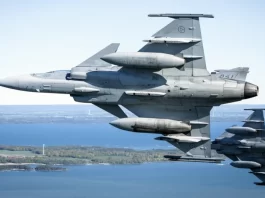Last week, Anduril unveiled a new range of three models of “autonomous aerial vehicles” called “Excalibur.” The company, acknowledging that complex munitions stockpiles could be depleted within a few weeks in a high-intensity conflict, aims to bring to market cruise missiles that can be produced quickly, at scale, and at a lower cost [30% less than other solutions currently available]. To achieve this, the idea is to reduce the number of necessary components and simplify the manufacturing process as much as possible.
Will the Excalibur missiles appeal to the Pentagon? Meanwhile, Lockheed-Martin is focusing on improving the cruise missiles already in its catalog, such as the AGM-158 JASSM [Joint Air-to-Surface Standoff Missile], which has been used by the U.S. Air Force for over twenty years.
The first version, the AGM-158A, had a range of about 370 km. It is no longer in production, as the AGM-158B JASSM-ER [ER for Extended Range], capable of hitting a target 900 km away, has replaced it. Since then, this model has been developed into several sub-versions, each with improvements, particularly in guidance and targeting. Additionally, an anti-ship variant—the AGM-158C LRASM (long-range anti-ship missile)—has been developed.

In 2020, Air & Space Forces Magazine reported that the U.S. Air Force was funding a new evolution of this missile, initially called “JASSM XR” (for extreme range) and later designated AGM-158D. At the time, it was specified that its range would be around 1852 km (1000 nautical miles). Lockheed-Martin was expected to deliver five units per month starting in January 2024 to equip B-1 Lancer bombers.
Is this the latest development of the AGM-158 XR that Lockheed-Martin unveiled at the Air, Space & Cyber Conference hosted by the Air & Space Forces Association on September 16? Apparently not. The company said it developed the missile with its own funds, and the Pentagon hasn’t provided any commitments.
Regardless, according to Lockheed-Martin officials at the event, the AGM-158 XR carries the same warhead as its predecessors (450 kg) but is both longer and heavier to carry more fuel and extend its range, which has not been specified but is said to be “significantly” increased.
This AGM-158 XR will be deployable by all US fighter-bombers except the F-16, as it is too heavy for the latter. The extended range allows these aircraft to strike from a safe distance, which is advantageous in contested environments.
It also reduces the distance a combat aircraft needs to refuel and rearm, saving fuel and enabling additional strikes over a given period, added Michael Rothstein, Lockheed-Martin’s head of air-launched weapons and sensors.
The AGM-158 XR could also expand the range of armaments available to U.S. Air Force bombers like the B-52H Stratofortress, B-1 Lancer, B-2 Spirit, and, soon, the B-21 Raider.
Transport planes such as the C-130J Hercules or C-17 Globemaster could potentially carry these missiles if several are palletized, as planned under the U.S. Air Force’s “Rapid Dragon” concept. Since transport planes are more vulnerable, the AGM-158 XR’s extended range would allow them to strike deep within enemy territory without exposing themselves to air defenses.






